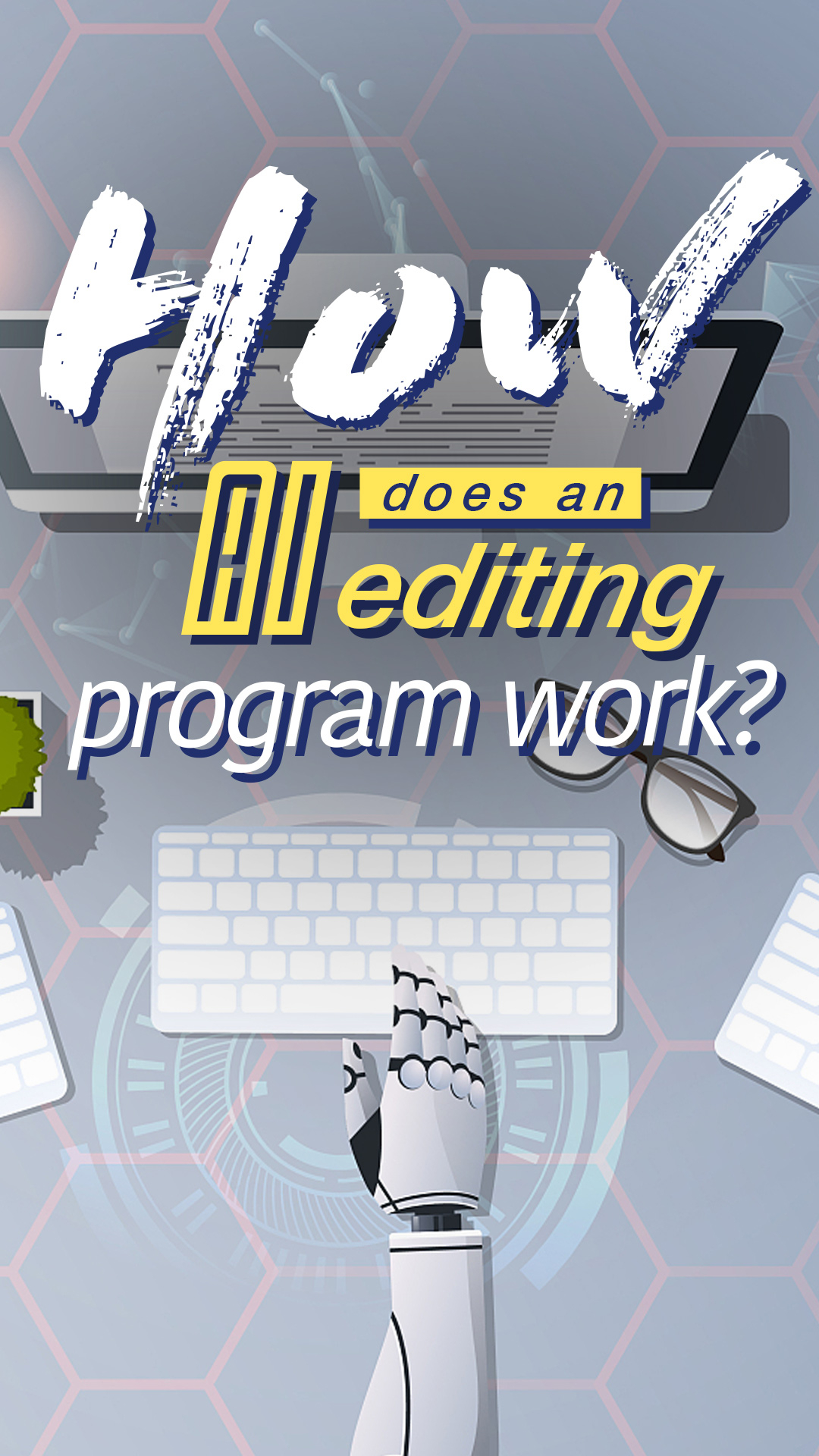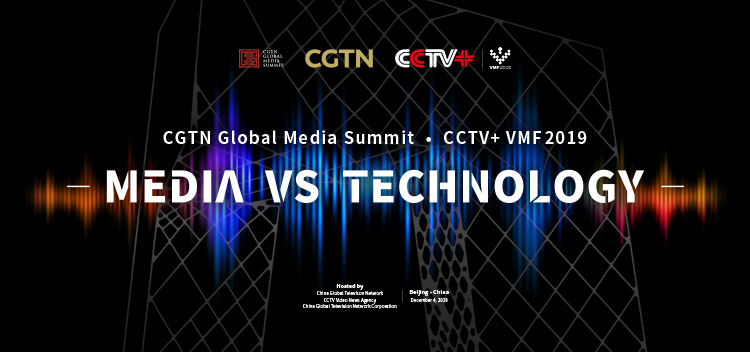There many examples of artificial intelligence (AI) editors in today's newsrooms.
Bloomberg News has adopted the automated system "Cyborg" to assist in producing quarterly financial reports. And back in January, The Guardian published an article on its Australian edition, relying completely on a machine. There are also the Associated Press, the Washington Post, the Los Angeles Times, just to name a few.
In China, Xinhua News Agency in March used the world's first female robotic news anchor, dressed in a pink blouse, for a one-minute news presentation, after using two male AI news anchors to report the World Internet Conference last November. The female version was praised for having a "real moving face."
At this year's national day parade for the 70th anniversary of founding of People's Republic of China, China Central Television (CCTV) broadcast the live event using an AI video editor.
02:04

Based on algorithms learned from the V-Day parade in 2015, engineers wrote codes and programmed them for the latest parade, enabling the system to cut and edit frames gathered from multiple on-site cameras.
The whole process merely took around three to four minutes, including matching sound bits with shots.
The AI video editor actually helps free the human and allows for maximum productivity, according to Luo Zhihong, CCTV AI video editing engineer.
"The whole AI team has about five to six people. We now have more editors who are able to use their creativity on other duties," he explained.
Likewise, in the age of new media, the public demands for extensive news with a broad coverage. Fast, efficient news articles can be completed each within one to two seconds once the program is written, greatly enhancing productivity and leaving more room for human editors to innovate.
02:17

For instance, pieces of sports news covering soccer games can be produced based on live-stream texts with information detailing how a goal was scored.
The AI rearranges sentences before placing them into paragraphs and matching photos with relevant texts.
Although it may not affect human labor as much as we imagined it does, it raises concerns over copyright. Do AI-produced news pieces belong to the robots, the contractors who adopt them, or the developers?
Another issue points to AI's capability to self-correct mistakes. At present typos and grammatical errors can be dealt with easily, but not semantic problems.
At present, there is no way to know how much more advanced the technology can become. After all, the AI editors can already generate logic from the scripts.

These questions may just be answered at this year's CGTN Global Media Summit launched on December 3, 2019, as speakers from broadcasting, digital, social media and tech companies gather to decipher and debate today's trending issues. Stay tuned.